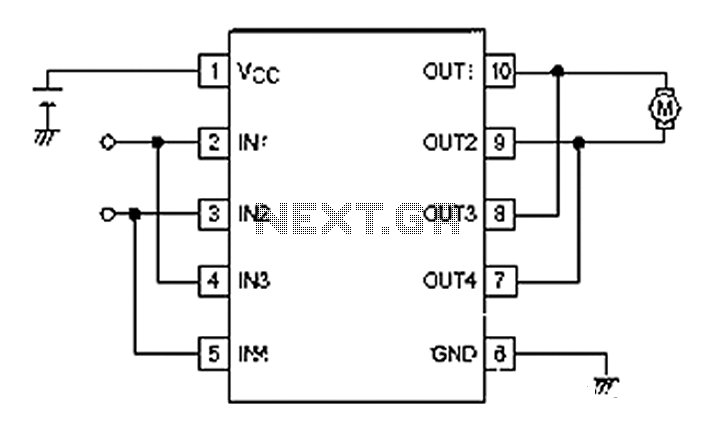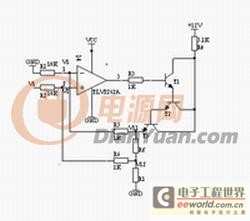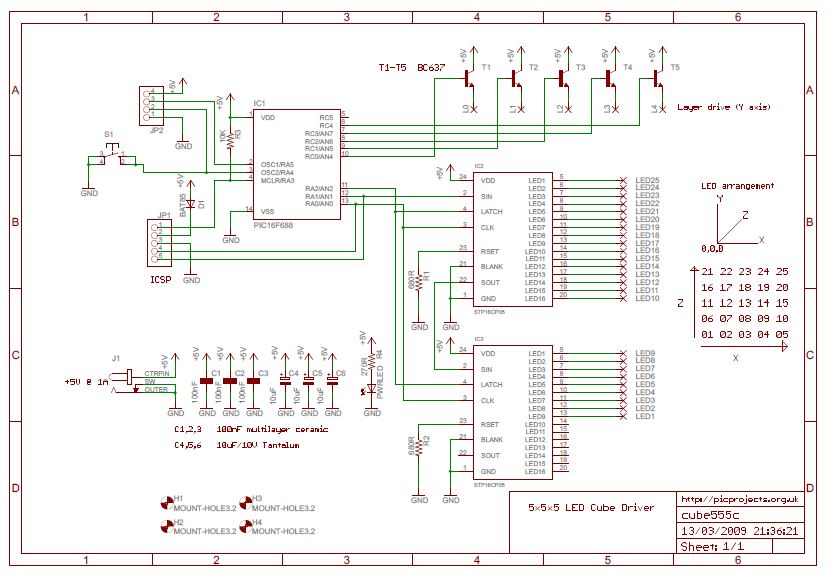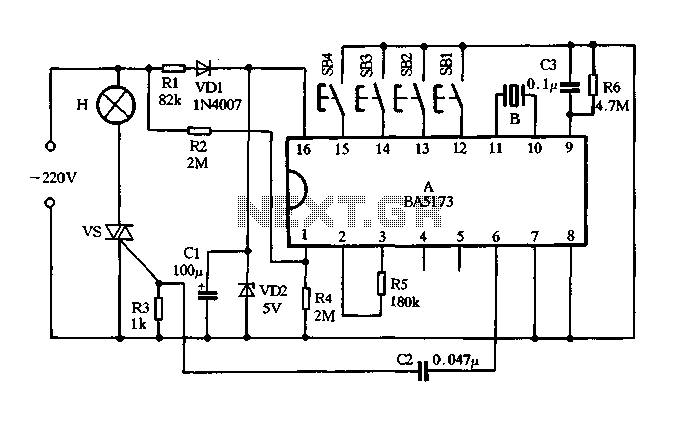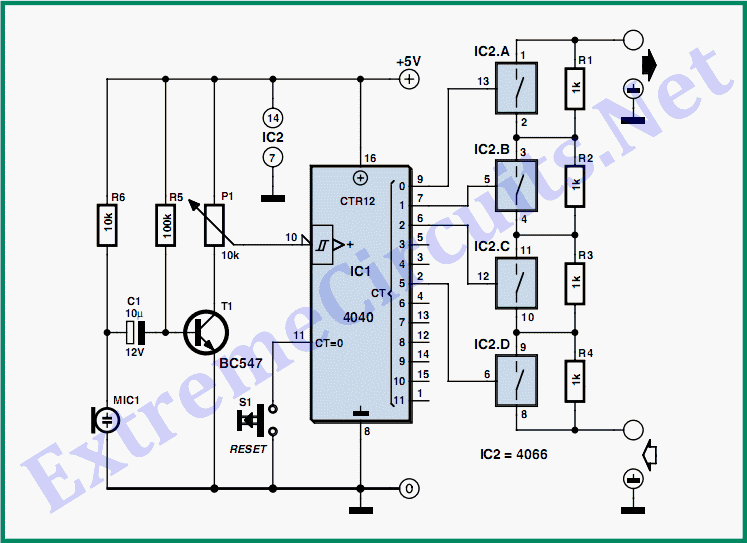
Motor control diy
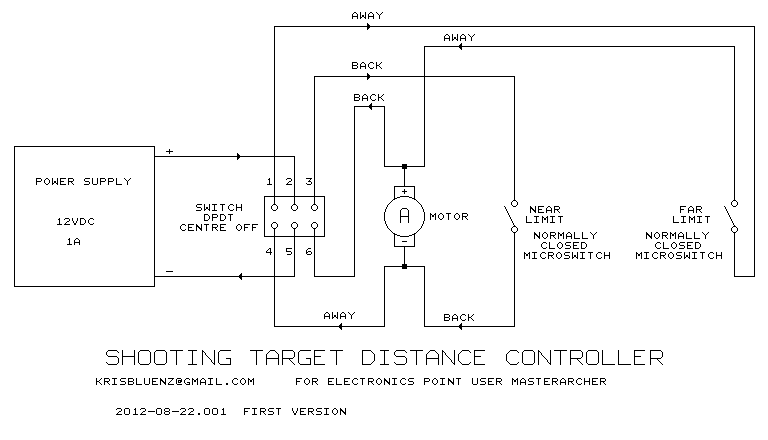
The motor is rated at 6W, which corresponds to a current of 0.5 amps at a voltage of 12V. It is recommended to use a 12V DC power supply with a rating of 1A or higher. Any type of power supply will suffice, including a plug-in adapter.
The motor in question operates at a power rating of 6 watts, which indicates that it draws a current of 0.5 amps when supplied with a voltage of 12 volts. To ensure reliable operation, a 12V DC power supply capable of delivering at least 1 amp is recommended. This allows for a margin of safety and accounts for any potential inrush current that may occur when the motor starts.
The power supply can be of various types, including a plug-in adapter, which is commonly used for such applications. When selecting a power supply, it is essential to ensure that it provides a stable output voltage of 12V and can handle the required current load.
In terms of circuit design, the motor should be connected in parallel with the power supply. It is advisable to incorporate a fuse rated slightly above 0.5 amps to protect against overcurrent situations. Additionally, a diode can be placed in parallel with the motor terminals to prevent back EMF (electromotive force) from damaging the power supply when the motor is turned off.
The overall schematic would include the following components:
1. A 12V DC power supply rated for at least 1A.
2. The motor rated at 6W, with appropriate connections to the power supply.
3. A fuse rated for 1A to protect the circuit.
4. A flyback diode across the motor to manage inductive kickback.
This configuration ensures that the motor operates efficiently while minimizing the risk of damage to the circuit components.That motor is rated for 6W which is 0.5 amps at 12V. I would use a 12V DC power supply rated at 1A or more. Any type will be OK. A plug-in adapter.. 🔗 External reference
The motor in question operates at a power rating of 6 watts, which indicates that it draws a current of 0.5 amps when supplied with a voltage of 12 volts. To ensure reliable operation, a 12V DC power supply capable of delivering at least 1 amp is recommended. This allows for a margin of safety and accounts for any potential inrush current that may occur when the motor starts.
The power supply can be of various types, including a plug-in adapter, which is commonly used for such applications. When selecting a power supply, it is essential to ensure that it provides a stable output voltage of 12V and can handle the required current load.
In terms of circuit design, the motor should be connected in parallel with the power supply. It is advisable to incorporate a fuse rated slightly above 0.5 amps to protect against overcurrent situations. Additionally, a diode can be placed in parallel with the motor terminals to prevent back EMF (electromotive force) from damaging the power supply when the motor is turned off.
The overall schematic would include the following components:
1. A 12V DC power supply rated for at least 1A.
2. The motor rated at 6W, with appropriate connections to the power supply.
3. A fuse rated for 1A to protect the circuit.
4. A flyback diode across the motor to manage inductive kickback.
This configuration ensures that the motor operates efficiently while minimizing the risk of damage to the circuit components.That motor is rated for 6W which is 0.5 amps at 12V. I would use a 12V DC power supply rated at 1A or more. Any type will be OK. A plug-in adapter.. 🔗 External reference
